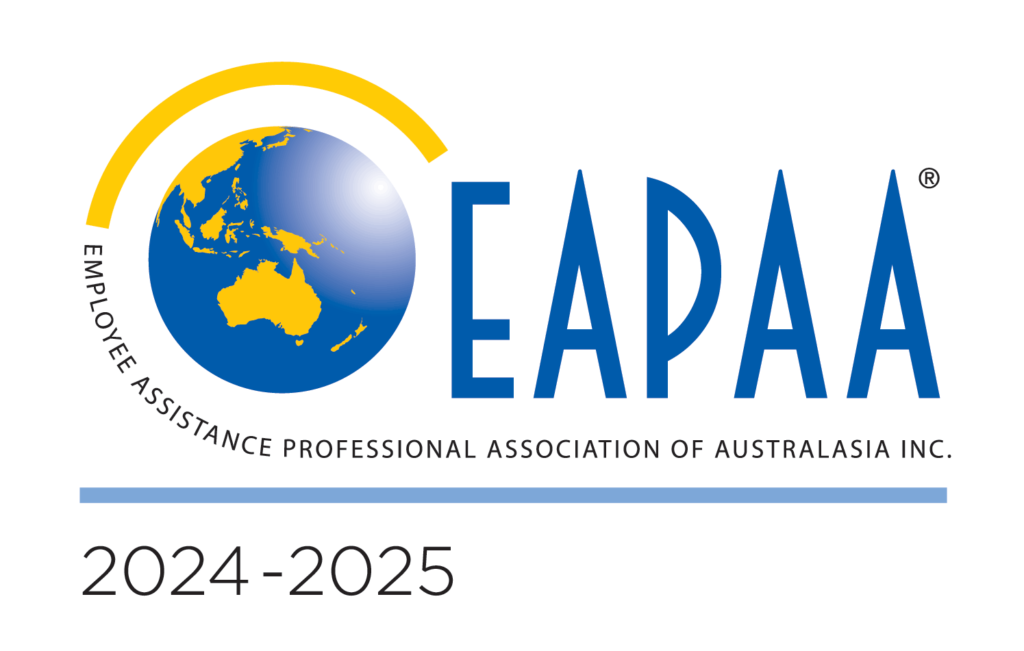Psychosocial Hazards: The importance of providing a safe workplace.
According to Safe Work Australia’s 2024 Psychological Health and Safety in the Workplace report, the Australian economy incurs costs ranging from A$12.2 billion to A$39.9 billion annually due to psychological and psychosocial injury claims. Moreover, the lost productivity for Australian employers resulting from serious mental health injury claims surpasses that of all injury and disease claims combined by more than fourfold.
Recognising psychosocial hazards is essential for workplaces, as they significantly influence employee welfare and organizational effectiveness. These hazards encompass various workplace factors that can adversely affect employees’ psychological and social well-being, potentially resulting in stress, anxiety, depression, and other mental health issues.

2 in 5
2 in 5 or 42.9%^ Australians have experienced a mental health condition at some point in their lifetime.
^Australian Bureau of Statistics (2020-2022), National Study of Mental Health and Wellbeing

27.5%
Of approximately 10,000* serious mental stress claims, the highest proportion were attributed to work related harassment and/or bullying (27.5%), work pressure (25.2%) and exposure to workplace or occupational violence (16.4%).
*SafeWork Aus National Data set (2021-22p)

30%
30%∼ of people surveyed are experiencing burnout and psychological distress, with nearly 4 in 10 experiencing high levels of psychological distress.
∼Superfriends ‘Indicators of a Thriving Workplace’ survey (2023)

Low Job Control:
This refers to situations where workers have minimal control over how or when tasks are performed, limited ability to adapt to changing situations, or insufficient autonomy to apply efficiencies in their work.
Learn more

Job Demands:
These encompass intense mental, physical, or emotional effort required for job performance, as well as unreasonable time pressures, role overload, high risk associated with mistakes, and the need for sustained vigilance.
Learn more

Poor Support:
These are situations where workers lack practical assistance or emotional support from managers and colleagues, or face inadequate training, tools, and resources for their tasks.
Learn more

Role Clarity:
This involves uncertainty, frequent changes, conflicting roles, or ambiguous responsibilities and expectations in the workplace.
Learn more

Change Management:
This refers to insufficient consultation, consideration of new hazards or performance impacts, inadequate support, information or training during periods of change, and failure to communicate key information to workers during these periods.
Learn more

Reward and Recognition:
This category includes jobs with low positive feedback, imbalances between effort and recognition, high levels of unconstructive negative feedback, limited skills development opportunities, and underutilized skills.
Learn more

Organisational Justice:
This involves inconsistent, unfair, discriminatory, or inequitable management decisions and application of policies, including poor procedural justice.
Learn more

Traumatic Events or Material:
This encompasses exposure to fear or extreme risks, traumatic events, natural disasters, injured or deceased persons, or accounts of traumatic events, abuse, or neglect.
Learn more

Remote or Isolated Work:
This involves working in locations with long travel times or limited access to help, resources, or communications.

Physical Environment:
This includes exposure to unpleasant or hazardous working environments, such as performing hazardous tasks, working in uncomfortable conditions, or working with poorly maintained equipment.
Learn more

Violence and Aggression:
This refers to violence or threats of violence from other workers, customers, patients, or clients, as well as aggressive behavior like yelling or physical intimidation.
Learn more

Bullying:
This encompasses repeated unreasonable behavior directed towards a worker or group of workers that creates a risk to health and safety.
Learn more

Harassment:
This involves harassment due to personal characteristics or unwelcome conduct of a sexual nature.
Learn more

Conflict / Workplace Relationships:
This includes poor workplace relationships or interpersonal conflict between colleagues or from clients or customers, as well as frequent disagreements or rude comments.
Learn more

